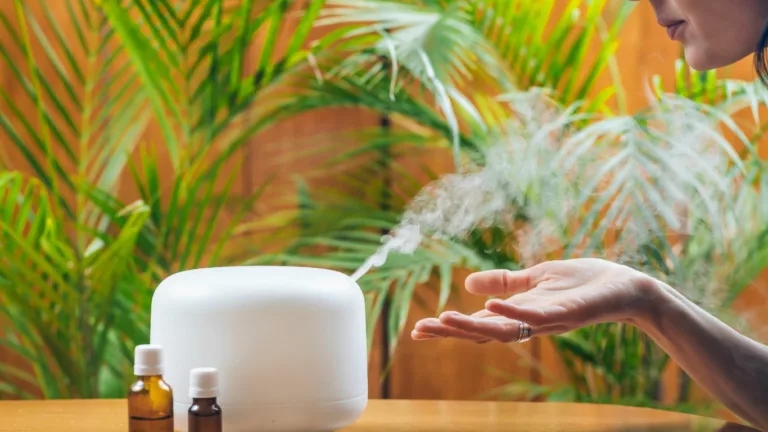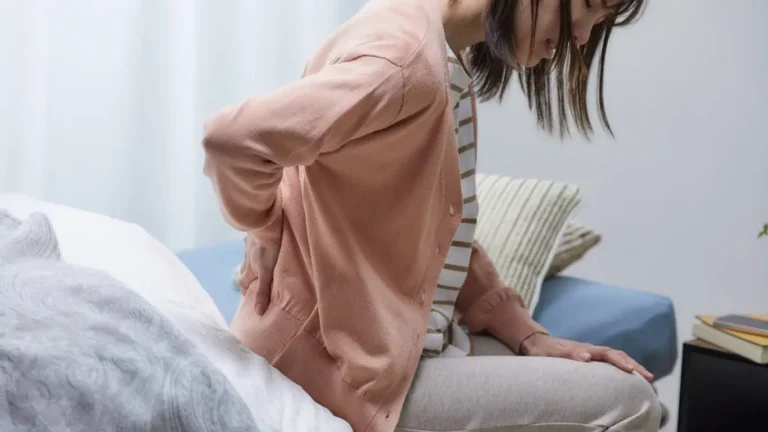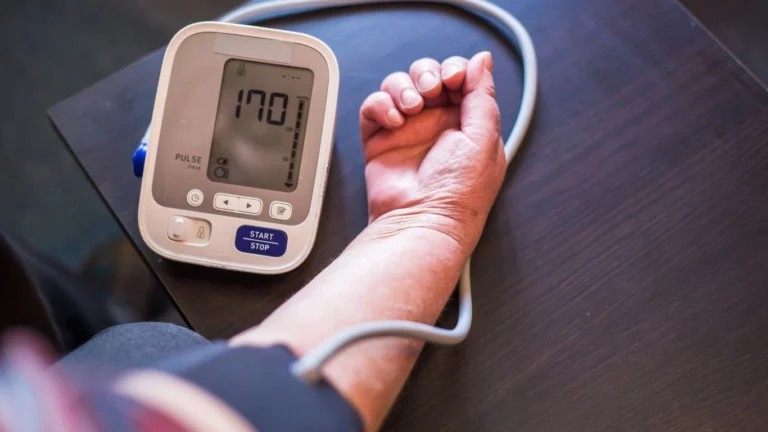How Music Therapy Lowers Blood Pressure & Reduces Stress Fast
Ever found yourself unwinding after a long day, headphones on, letting your favorite tunes melt the stress away? Well, you’re not imagining that sense of relief—music actually has some pretty incredible effects on our bodies. As someone who’s spent years helping patients manage hypertension, I’ve seen firsthand how lifestyle changes play a crucial role in keeping blood pressure under control. And one of the most underrated tools? Music therapy. Yep, you heard that right. How music therapy lowers blood pressure isn’t just a fascinating topic—it’s a game-changer in the world of heart health.
Why Stress is a Silent Blood Pressure Killer
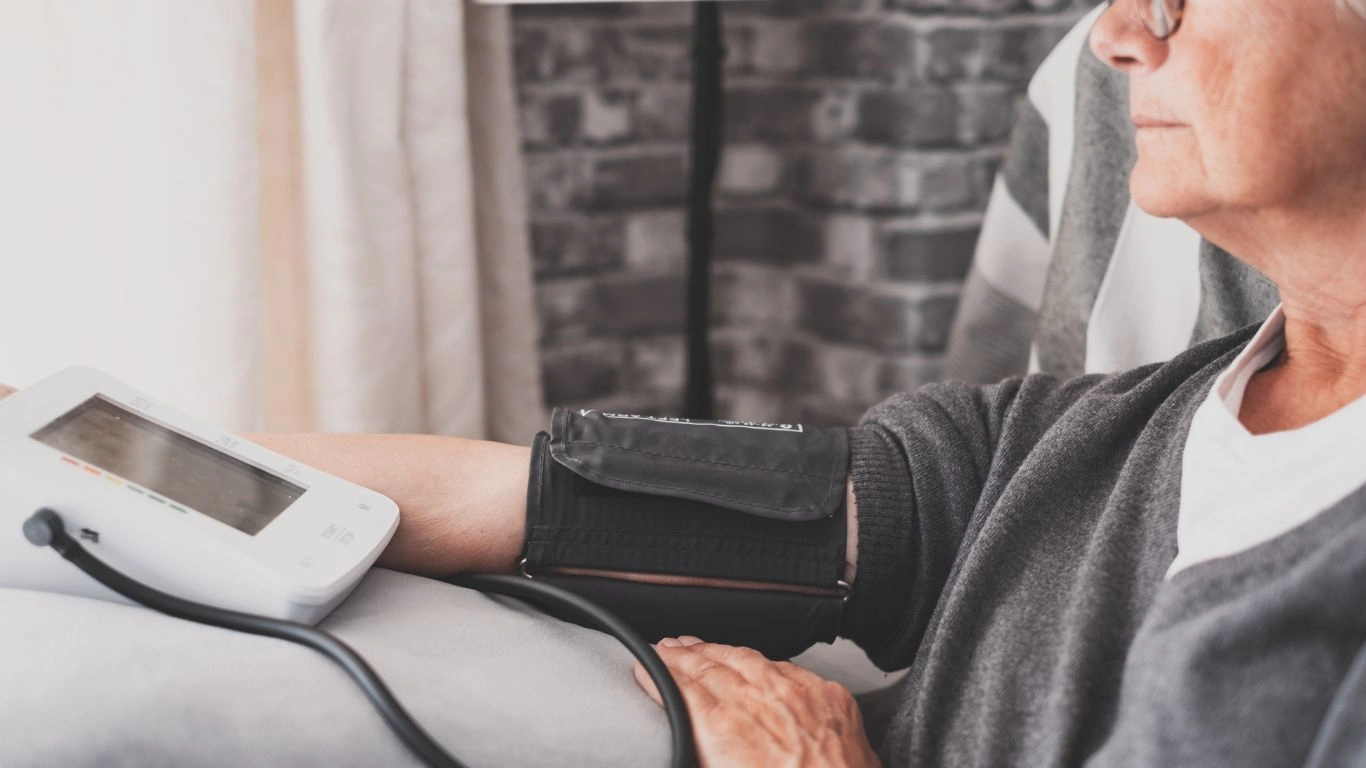
Before we dive into how music therapy works its magic, let’s talk about stress—one of the sneakiest triggers of high blood pressure. I can’t count how many patients I’ve seen who had perfectly normal readings until life threw a few curveballs their way. Work deadlines, family issues, financial stress—you name it. When stress kicks in, your body releases cortisol and adrenaline, causing your heart to beat faster and your blood vessels to constrict. Over time, this can lead to chronic hypertension.
Now, here’s where music therapy steps in like a soothing balm for your nervous system.
How Music Therapy Lowers Blood Pressure Naturally
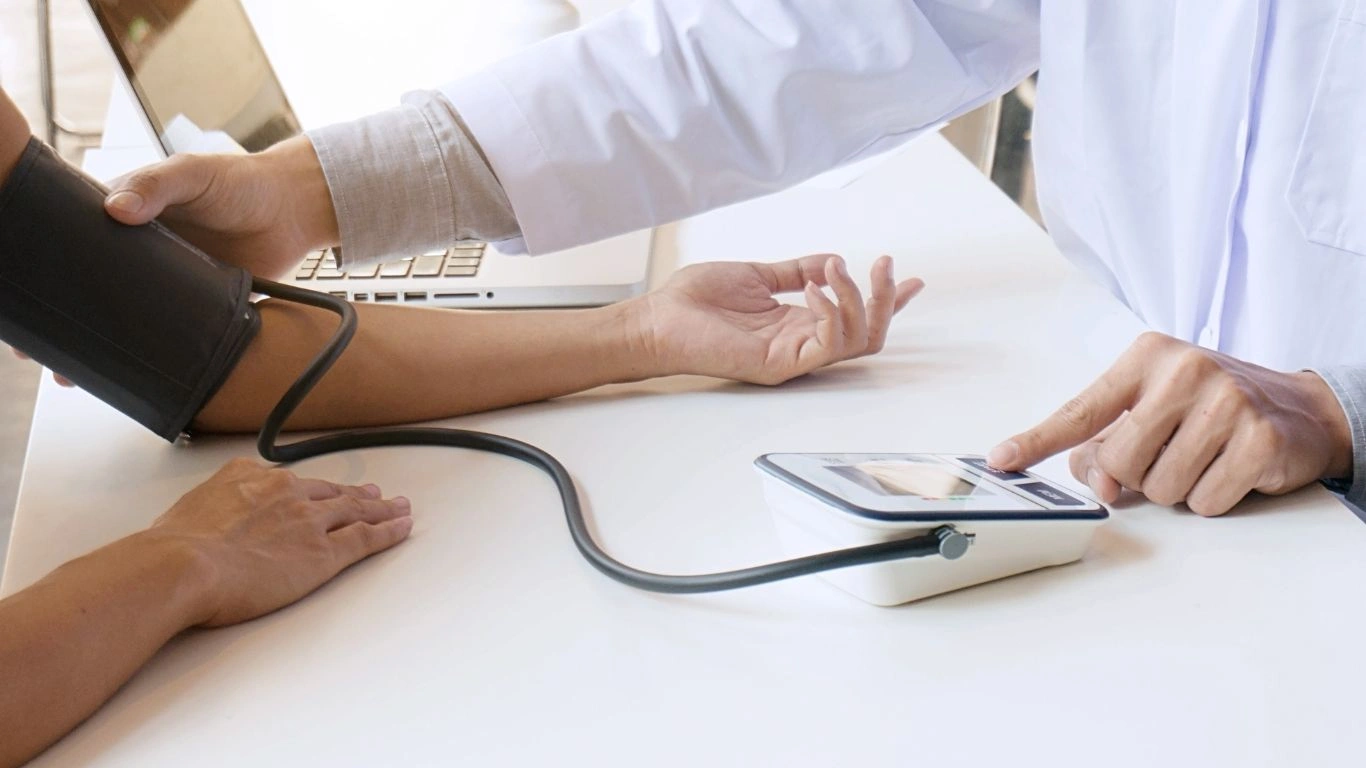
Music isn’t just entertainment—it’s a scientifically-backed tool for improving cardiovascular health. Research has shown that listening to relaxing music can lower systolic and diastolic blood pressure, reduce heart rate, and even decrease cortisol levels. But why does this happen? Let’s break it down:
1. Activates the Parasympathetic Nervous System
When you listen to slow, soothing music, your body shifts from a fight-or-flight state to a rest-and-digest mode. This means:
- Your heart rate slows down
- Blood vessels relax, improving circulation
- Cortisol levels drop, reducing overall stress
Think of it like flipping a switch in your body that tells it, “Hey, we’re safe. No need to keep the pressure up.”
2. Regulates Breathing Patterns
Ever noticed how your breathing naturally syncs with the rhythm of a song? That’s no coincidence. Slow-tempo music encourages deep, controlled breathing, which helps:
- Increase oxygen intake
- Lower blood pressure by reducing vascular resistance
- Calm the mind, preventing stress-related spikes
For my patients who struggle with anxiety-induced hypertension, I often recommend pairing music therapy with simple breathing exercises for an even greater impact.
3. Releases Endorphins and Serotonin
Music triggers the release of feel-good chemicals like serotonin and endorphins. These neurotransmitters not only improve mood but also contribute to a natural decrease in blood pressure. Think of it like getting a little dose of happiness—without the side effects of medication!
The Best Types of Music for Lowering Blood Pressure
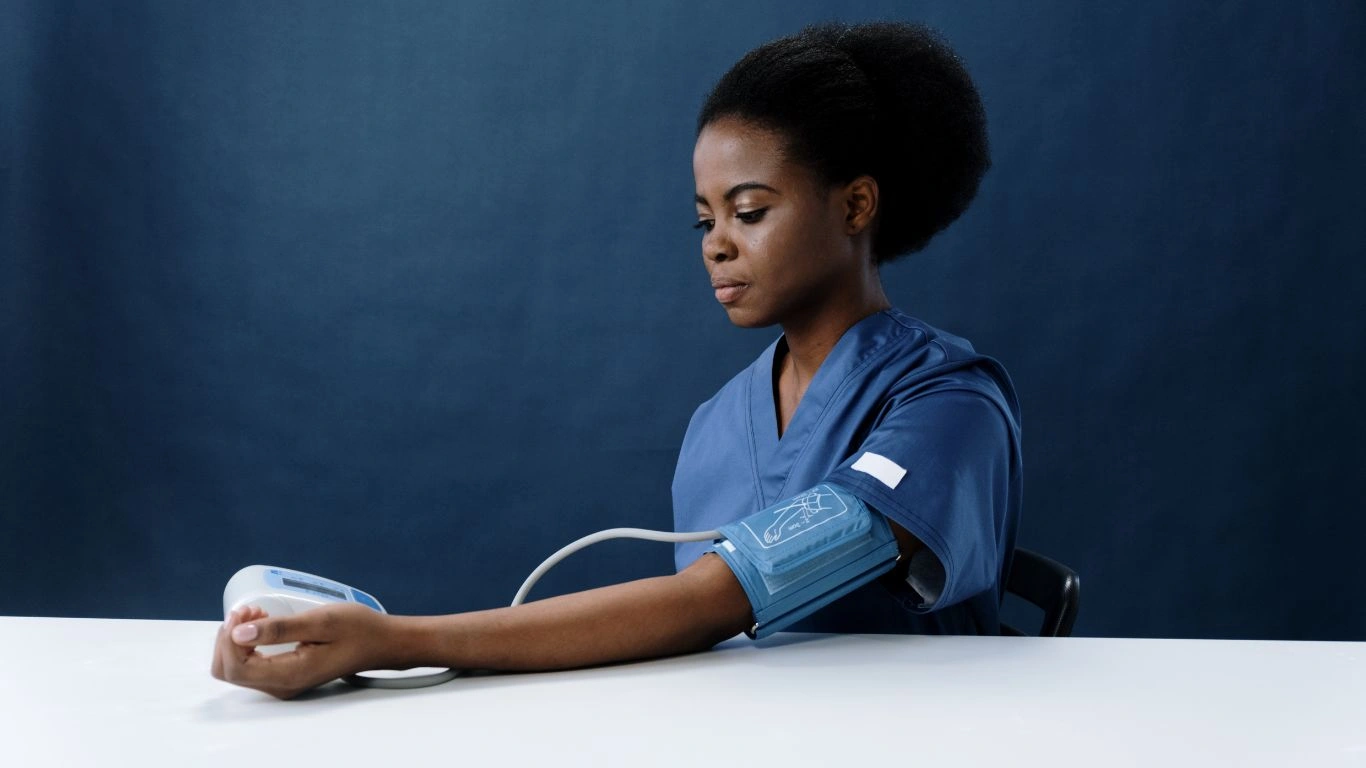
Now, before you go blasting heavy metal or techno beats and expecting miracles, let’s talk about the right kind of music for blood pressure control. Studies have found that certain types of music are far more effective than others:
- Classical music – Think Mozart, Beethoven, or Debussy. Their compositions have been found to lower blood pressure and reduce stress.
- Nature sounds – Waterfalls, ocean waves, or birds chirping can have a similar effect.
- Slow-tempo instrumental music – Piano, harp, or soft guitar melodies work wonders.
- Lo-fi or ambient music – The slow, repetitive beats create a meditative effect, ideal for relaxation.
Basically, anything with a slow rhythm (about 60-80 beats per minute) helps guide your body into a state of calm.
Final Thoughts (But Not the Conclusion!)
It’s incredible how something as simple as music can have such a profound effect on our health. As a hypertension specialist, I love incorporating holistic approaches alongside medical treatments because—let’s be real—nobody wants to rely on medication alone. Music therapy is an accessible, enjoyable, and completely natural way to keep blood pressure in check. And the best part? It’s free!
How to Use Music Therapy for Maximum Blood Pressure Benefits
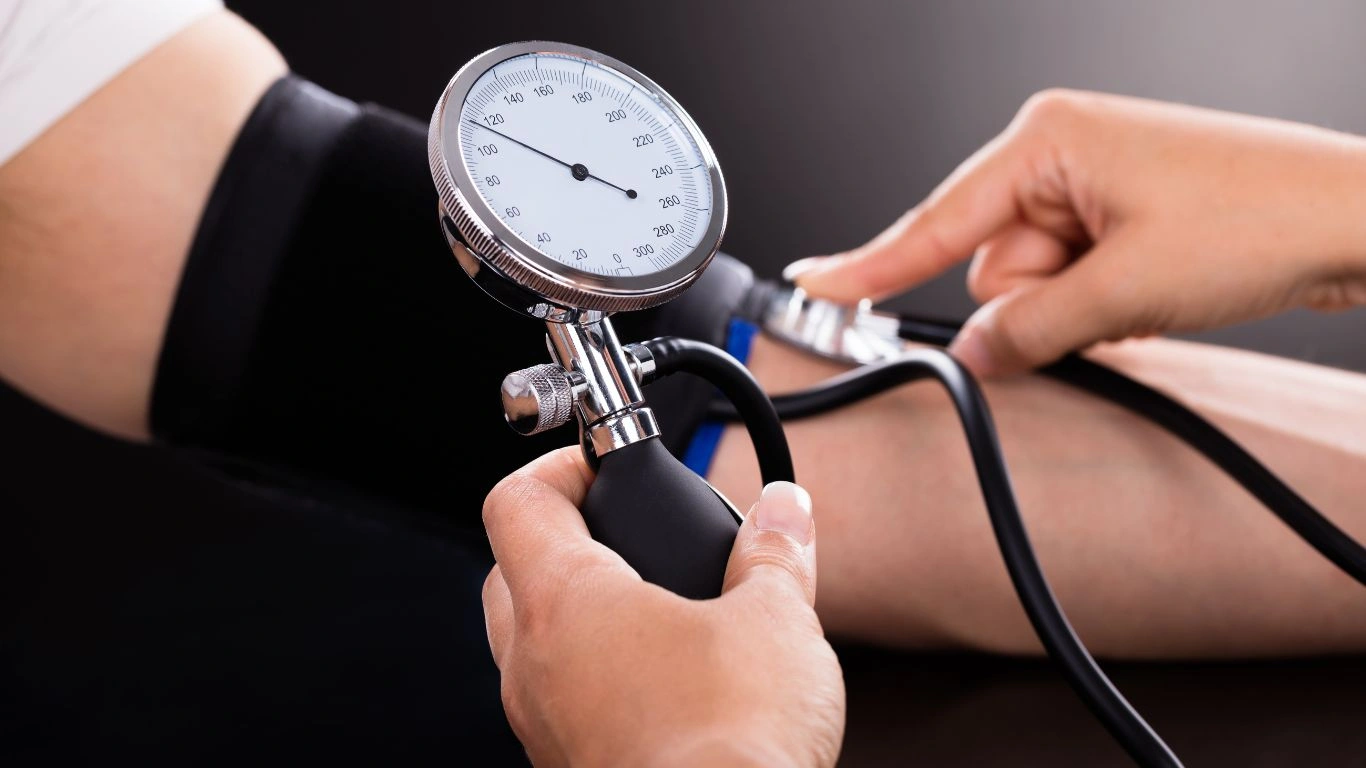
Alright, now that we know how music therapy lowers blood pressure, let’s talk about making it a part of your daily routine. It’s one thing to understand the benefits, but actually using music as a therapeutic tool? That’s where the real magic happens.
1. Set Aside Time for Dedicated Music Sessions
Life is hectic—we’re all juggling a million things at once. But if you truly want to experience the benefits of music therapy, you need to be intentional about it. Try setting aside at least 15-30 minutes a day to listen to calming music. Whether it’s during your morning routine, while cooking dinner, or before bed, find a time that works for you and make it a habit.
2. Use Music as a Meditation Aid
One of my favorite ways to use music for blood pressure control? Pairing it with meditation. Guided meditation with soft instrumental music in the background can work wonders for both stress reduction and blood pressure management. If you’re new to meditation, start small—just five minutes of deep breathing while listening to relaxing tunes can make a difference.
3. Try Music-Assisted Exercise
We all know that regular exercise is crucial for heart health, but did you know that the right music can enhance your workouts? Research suggests that listening to music while walking or doing light physical activity can help regulate heart rate and blood pressure more effectively. Here’s how:
- Slow, rhythmic beats encourage steady breathing and pacing
- Music distracts from physical discomfort, making workouts feel easier
- It boosts mood, reducing stress-related hypertension
Next time you take a walk, try putting on a playlist of soft jazz or classical music instead of something fast-paced—you might be surprised at how relaxed you feel!
4. Incorporate Music into Your Sleep Routine
Poor sleep is a major contributor to high blood pressure. If you struggle with insomnia or restless nights, music could be the missing puzzle piece. Studies show that listening to calming music before bed helps slow brain activity and improve sleep quality. I often recommend soothing instrumental music or nature sounds to my patients who have trouble winding down at night.
What Science Says: The Research Behind Music Therapy

Now, let’s get into the science. As much as I love personal experiences, I know that solid research matters—especially when it comes to health recommendations. So, what does science say about music therapy and blood pressure?
1. Music and Systolic Blood Pressure Reduction
A study published in the journal Hypertension found that patients who listened to 30 minutes of classical music daily experienced a significant drop in systolic blood pressure. This effect was particularly noticeable in individuals with stress-related hypertension.
2. Music’s Impact on Cortisol Levels
Another study in the Journal of Psychosomatic Medicine showed that listening to relaxing music reduced cortisol (the stress hormone) by up to 25%. Since cortisol plays a huge role in raising blood pressure, this is a key finding.
3. Long-Term Benefits of Music Therapy
What about long-term effects? A meta-analysis of over 26 studies concluded that consistent music therapy helped regulate blood pressure in patients over time, particularly when combined with lifestyle changes like diet and exercise.
Personal Stories: My Patients’ Success with Music Therapy
Now, let me share a few real-life examples of how music therapy has helped my own patients. I’ve had countless individuals tell me how incorporating music into their daily lives made a noticeable difference in their stress levels—and ultimately, their blood pressure.
Case Study: Mark, 52, High-Stress Job
Mark came to me struggling with stage 1 hypertension. His job was incredibly demanding, and he admitted that he rarely took time to unwind. After discussing lifestyle changes, we introduced music therapy as a simple, low-effort way to reduce his stress. He started listening to classical music during his commute and before bed. Within a few weeks, his blood pressure readings began to improve.
Case Study: Lisa, 60, Struggling with Sleep
Lisa had been dealing with insomnia for years, which was making her blood pressure worse. I suggested she try listening to soft, instrumental music before bed instead of scrolling on her phone. The result? Better sleep, lower stress, and a noticeable drop in her morning blood pressure readings.
Final Thoughts (Still Not a Conclusion!)
The connection between music and blood pressure is undeniable. Whether it’s through stress relief, improved sleep, or better exercise performance, the right music can be a powerful tool in your hypertension management plan. And the best part? It’s accessible to everyone—no prescriptions or expensive treatments required.
Case Studies & Real-Life Examples

By now, we’ve covered the science, the techniques, and even a few personal success stories. But let’s go a little deeper into how real people—just like you—have used music therapy to manage their blood pressure effectively.
Case Study: Tom, 65, Retired Veteran
Tom had been on blood pressure medication for years, but he was looking for additional ways to lower his numbers naturally. He was skeptical at first when I suggested music therapy. “Doc, I don’t even listen to music much,” he told me. But after some convincing, he agreed to try it.
We started small—just 15 minutes of instrumental jazz in the morning and another 15 before bed. Within a few weeks, he noticed a change. His sleep improved, his stress levels dropped, and his blood pressure readings became more stable. Today, he swears by his “music medicine.”
Case Study: Sarah, 48, Busy Mom of Three
Sarah was constantly on the go—three kids, a full-time job, and barely a moment to breathe. She didn’t have time for meditation or long relaxation techniques, but she could play calming music in the background while handling her daily tasks.
She started using ambient music while cooking dinner, soft piano tunes while helping her kids with homework, and nature sounds before bed. The result? A more relaxed household, fewer stress headaches, and—you guessed it—better blood pressure control.
Key Takeaways: What You Need to Remember
We’ve covered a lot of ground, so let’s break it down into the most important takeaways:
- Music therapy is scientifically proven to lower blood pressure by reducing stress and cortisol levels.
- Slow-tempo music (classical, instrumental, nature sounds) is the most effective for relaxation and heart health.
- Using music daily—whether through dedicated listening, meditation, exercise, or sleep routines—can lead to significant improvements.
- Consistency is key! You don’t need to make big changes overnight. Even 15-30 minutes a day can make a noticeable difference.
FAQs
1. How long does it take for music therapy to lower blood pressure?
Some people notice immediate relaxation benefits, but for long-term blood pressure reduction, consistency is key. Studies suggest that listening to calming music daily for at least a few weeks can lead to measurable improvements.
2. Does the genre of music really matter?
Yes! While your personal preferences matter, slow, relaxing music is most

Dr. Gwenna Aazee is a board-certified Internal Medicine Physician with a special focus on hypertension management, chronic disease prevention, and patient education. With years of experience in both clinical practice and medical writing, she’s passionate about turning evidence-based medicine into accessible, actionable advice. Through her work at Healthusias.com, Dr. Aazee empowers readers to take charge of their health with confidence and clarity. Off the clock, she enjoys deep dives into nutrition research, long walks with her rescue pup, and simplifying medical jargon one article at a time.



